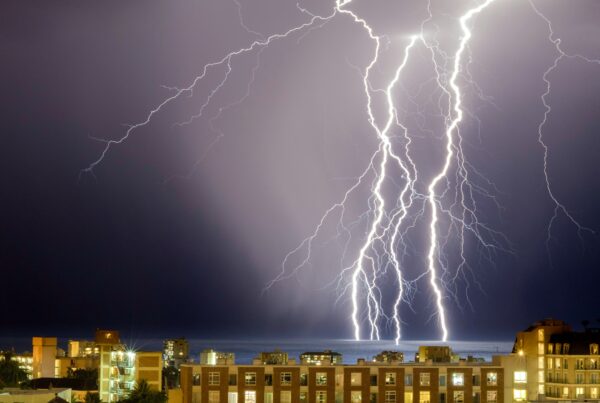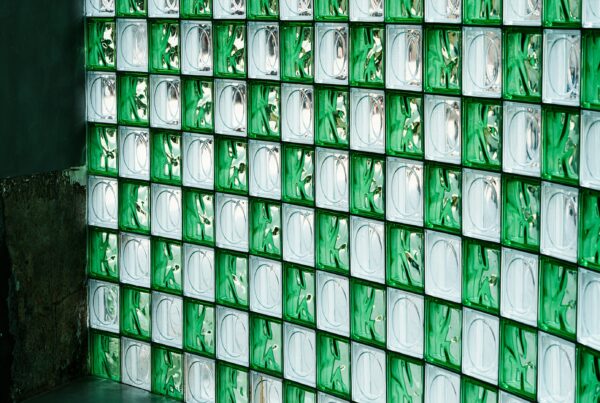LEED for Healthcare (LEED HC) has just turned two this April.
How’s the adoption rate these past two years? Well, a quick search at Gbig.org, USGBC’s project database website, turns up only 113 published activities under LEED HC v2009, out of more than 1,600 results for health care. The others are either under New Construction, Core and Shell, or Existing Buildings. (Meanwhile, at the main website of USGBC, 117 LEED for Healthcare projects are listed.)
Obviously, 113 (or 117) is not a lot—which is saddening, considering it took seven careful years for USGBC partnering with the Green Guide for Health Care (GGHC) to develop LEED for Healthcare. LEED HC is meant to address the specific needs of the healthcare industry, not covered by the other LEED rating systems.

LEED for Healthcare proposes places of respite (like this garden) for hospitals. Image from healthcaredesignmagazine.com
According to the US Energy Information Administration (EIA), hospitals are more energy-intensive than your usual office building, what with their round-the-clock operations, various equipments used for medical and lab purposes (not to mention sterilization, refrigeration, HVAC systems, etc.), and the thousands of people that make up the hospital’s employees, patients, and visitors. Heavy water usage—inevitable in hospitals—also factors in considerably. A separate LEED rating system is justified then.
One notable aspect that sets LEED for Healthcare apart from the other rating systems is the focus on Connection to the Natural World—which means impersonal brick wall is out, while outdoor areas with lush gardens with flowers and trees and a clear view of the sky is in. In regular commercial buildings, landscaped gardens are put there for aesthetic reasons, but in a hospital setting, these green “places of respite” are known to encourage faster healing and recovery in patients.
Another aspect has to do with the acoustic environment, which ensures patients are shielded as much as possible from the stress-inducing effects of the city’s noise pollution.
This focus on direct access to the natural environment and acoustic environment are just some of the “evidence-based design aspects” that LEED for Healthcare has, which the other LEED rating systems don’t.
LEED for Healthcare Vs LEED for New Construction
And yet green builders still aren’t warming up to LEED HC.
Case in point: the newly opened MEDHEALTH Medical Centre in Dubai boasts of a gold rating—not under LEED for Healthcare—but LEED for New Construction. Even BEE Inc.’s very own healthcare-related project—the United Family Hospitals in Beijing—is certified by, again, LEED NC. China, despite being one of the top LEED users worldwide, has only one healthcare building aiming for a rating under LEED HC.
And yet green builders still aren’t warming up to LEED HC.
Admittedly, LEED HC can be more daunting because of its stringent credits. Or it’s just that builders are more attuned to the original LEED rating systems. We have to consider the fact too that medical facilities deciding to retrofit are more likely to register under LEED for Existing Buildings. Also, not every green building project is medical-related; the healthcare industry only makes up a portion of construction. (Incidentally, over the next five years according to market researcher IBISWorld, healthcare building construction is expected to grow by about 3.5{e3829ec1db02d54faaf9fa2de0d48db26af01d7a7944a63c3b26976124791cab})
Finally, the fact that USGBC allows builders to power to choose which LEED guideline to follow naturally makes LEED HC an option rather than a priority.
There’s no doubt LEED for Healthcare still very much hinges on LEED NC, albeit with just some crucial adjustments. All the various LEED rating systems are inevitably about sustainability, of course. LEED is so designed that whether a medical facility chooses to go for a gold rating under LEED New Construction or Core and Shell or Healthcare, it remains as green as possible, its sustainability not at all diminished.
Still, when a green rating system has already been tailored for a specific industry, it’s a shame not to make full use of all its wonderful aspects. With LEED HC, at least we can be sure full sustainability, backed by research and evidence, can go hand in hand with healthcare.
LEED HC is far from being perfect and final, of course. With continued support though from builders who spot areas for improvement and submit their comments, LEED for Healthcare can keep getting better and better.









